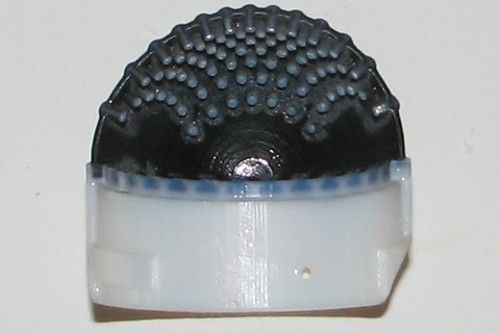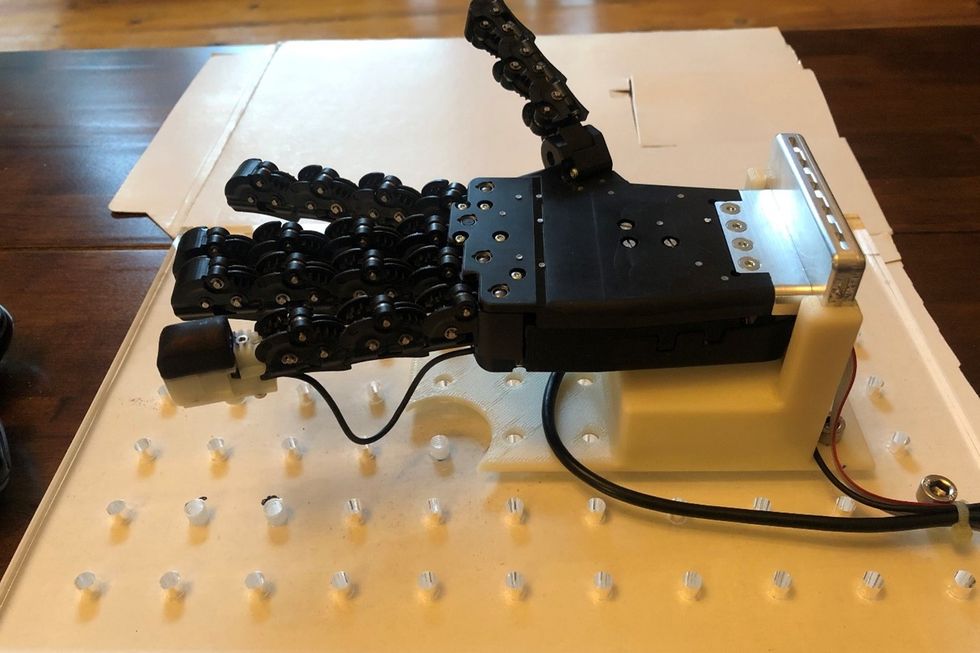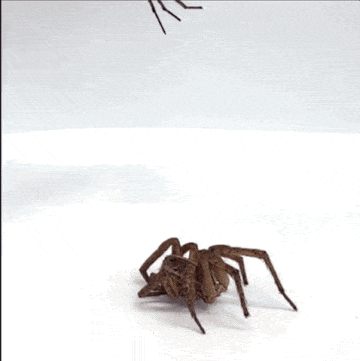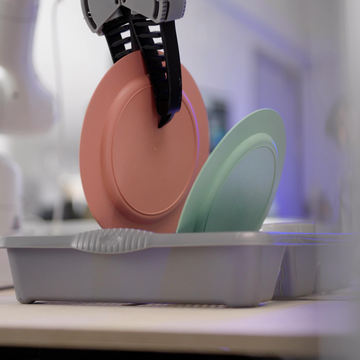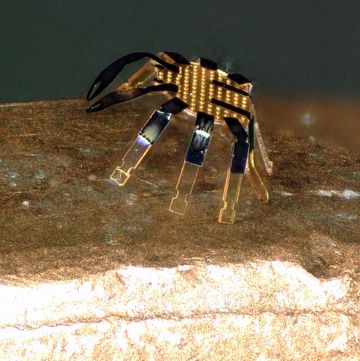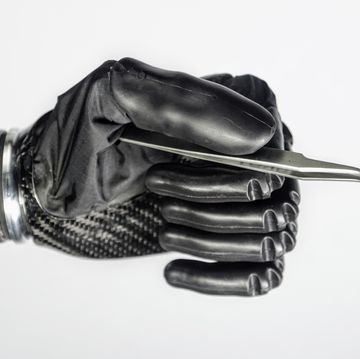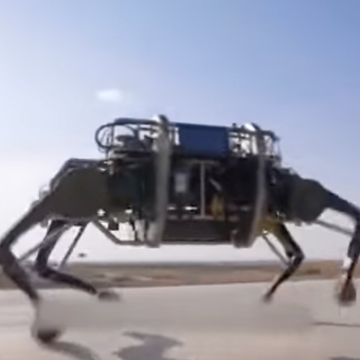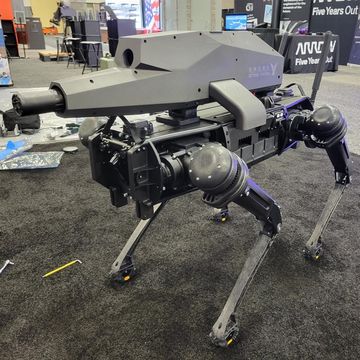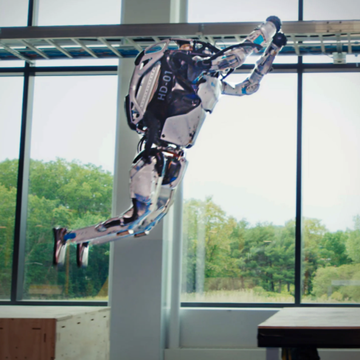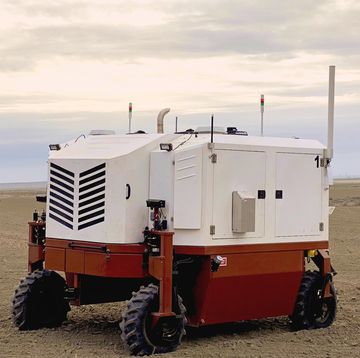- Scientists at the University of Bristol have devised an artificial fingertip for robots.
- By mimicking human mechanoreceptors in the skin, the robotic fingertip can distinguish between various ridged items.
- If all goes to plan, the new tech could mean better factory robots and prosthetics.
Robots suck at picking things up. Even in industrial environments—where picking robots are fitted with various types of grippers to maneuver objects, like cans, on an assembly line—they cannot decipher between items of different shapes, sizes, and hardnesses. Unlike humans, which use visual, motor, and sensory skills to feel and pick up items, even the best robots have limited resources for the task. Cameras, actuators, and motors help, but a sensory system that could imbue robots with improved dexterity and tactile feedback would be a game-changer.
🤖 You love robots. So do we. Let’s nerd out over them together.
Researchers at the University of Bristol think they have a solution: 3D-printed fingertips that can help robots “feel” what they’re interacting with. The technology, described in two new papers published in the Journal of the Royal Society Interface on Wednesday, could mean the difference between machines beating humans at virtual chess, and machines being able to actually pick up and maneuver real chess pieces.
“We found our 3D-printed tactile fingertip can produce artificial nerve signals that look like recordings from real, tactile neurons,” Nathan Lepora, professor of robotics and AI at the University of Bristol’s Department of Engineering Maths, says in a prepared statement.
Humans experience the sense of touch through nerve endings in the skin called “mechanoreceptors,” which relay stimuli like touch, pressure, and shape to our brains. The most sensitive ones are found in the top layer of the dermis (the tissue just below the skin at the surface) in non-hairy areas like the palms, lips, and of course, the fingertips. Mechanoreceptors are just one type of nerve ending in a larger system that controls our sense of touch, called the somatosensory system. The other receptors include thermoreceptors (which signal temperature), pain receptors, and proprioceptors (which help you sense parts of your body in relation to one another.
Clearly, replicating this complicated web of nerves in a prosthetic is a tall order. To mimic mechanoreceptors in the human fingertip, Lepora’s team used 3D-printed mesh with pin-like papillae—basically little bumps that protrude from the organ, like the ones on your tongue—on the underside of the “skin.” The goal was to mimic the dermal papillae humans have between the outer epidermal and inner dermal layers of human skin. Researchers created those protrusions with an advanced 3D printer that mixed together both hard and soft materials to make receptors reminiscent of our own biology.
As for testing the faux fingertip? Lepora’s team looked to prior work published in the Journal of Neurophysiology back in 1981. In the paper, two scientists plotted electrical recordings from human mechanoreceptors to study their tactile spatial resolution—more or less, their ability to identify a set of standard ridged shapes. Lepora’s team tested its 3D-printed artificial fingertip against the same ridged shapes, finding a very close match to the neural data from the 1981 experiment.
“For me, the most exciting moment was when we looked at our artificial nerve recordings from the 3D-printed fingertip and they looked like the real recordings from over 40 years ago,” Lepora says in the prepared statement. “Those recordings are very complex with hills and dips over edges and ridges, and we saw the same pattern in our artificial tactile data.”
Still, there’s a major caveat to those results: the artificial fingertip is less sensitive to fine detail than a human fingertip. Lepora believes this is because 3D-printed skin is thicker than real skin. So for their next act, the team will dive headfirst into creating more realistic artificial skin.
Who knows? Maybe one day soon we’ll have a robotic chess Grandmaster—you know, if it can manage to pick up the queen.

